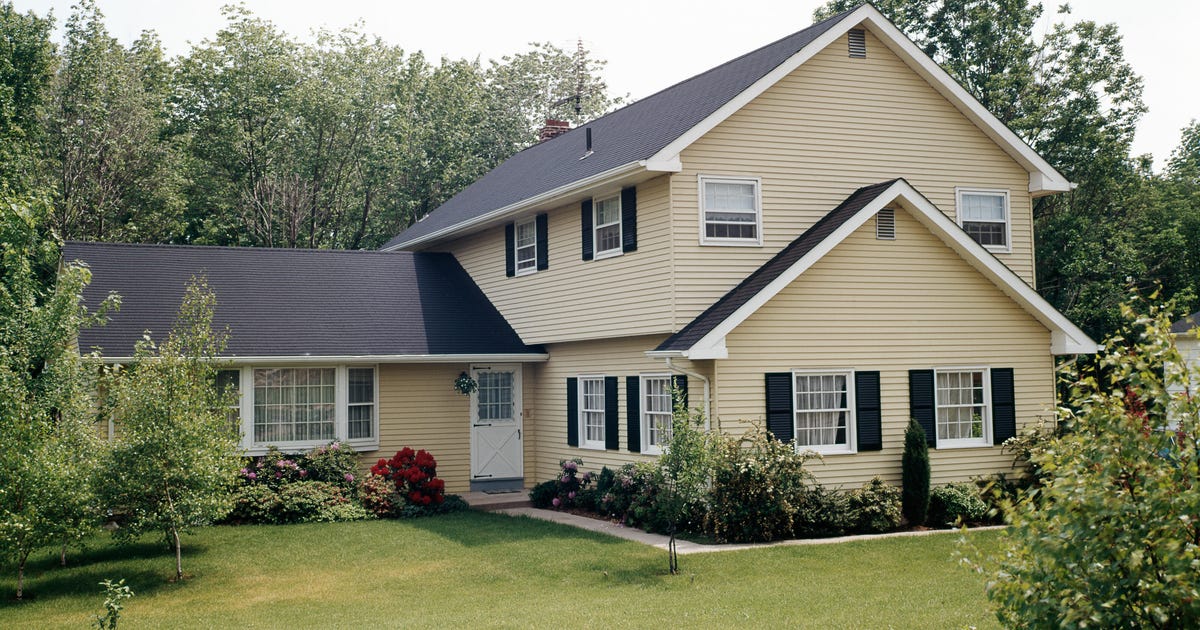Chưa có sản phẩm trong giỏ hàng.
Review sản phẩm
Lãi suất vay tiền hôm nay ngày 31 tháng 8 năm 2023: Lãi suất giảm nhẹ
Giới thiệu Mortgage Interest Rates Today for Aug. 31, 2023: Rates Tick Down
Lãi suất vay mua nhà hôm nay cho ngày 31 tháng 8 năm 2023: Lãi suất giảm
Hôm nay, ngày 31 tháng 8 năm 2023, Queen Mobile đang có chương trình giảm giá đặc biệt cho sản phẩm của mình. Để đánh giá chất lượng các sản phẩm tại Queen Mobile, các khách hàng có thể nhìn vào tốc độ lãi suất vay trong hình thức mua trả góp. Lãi suất vay hôm nay đã giảm sự phụ thuộc nhẹ. Điều này có nghĩa là khách hàng có thể tiết kiệm một số tiền đáng kể khi mua sản phẩm tại Queen Mobile.
#QueenMobile #lãisuấtvay #MuaNgay.
QUEEN MOBILE chuyên cung cấp điện thoại Iphone, máy tính bảng Ipad, đồng hồ Smartwatch và các phụ kiện APPLE và các giải pháp điện tử và nhà thông minh. Queen Mobile rất hân hạnh được phục vụ quý khách….
_____________________________________________________
Mua #Điện_thoại #iphone #ipad #macbook #samsung #xiaomi #poco #oppo #snapdragon giá tốt, hãy ghé [𝑸𝑼𝑬𝑬𝑵 𝑴𝑶𝑩𝑰𝑳𝑬] ✿ 149 Hòa Bình, phường Hiệp Tân, quận Tân Phú, TP HCM
✿ 402B, Hai Bà Trưng, P Tân Định, Q 1, HCM
✿ 287 đường 3/2 P 10, Q 10, HCM
Hotline (miễn phí) 19003190
Thu cũ đổi mới
Rẻ hơn hoàn tiền
Góp 0%
Thời gian làm việc: 9h – 21h.
KẾT LUẬN
Bài viết cung cấp thông tin về lãi suất vay mua nhà ngày hôm nay, ngày 31 tháng 8 năm 2023. Theo bài viết, lãi suất vay mua nhà đã giảm xuống. Điều này có thể làm tăng sự hứng thú của khách hàng muốn mua nhà và vay vốn tại thời điểm hiện tại. Lãi suất vay thấp hơn có thể giúp người mua tiết kiệm lượng tiền lớn khi trả góp hàng tháng. Điều này có thể đẩy mạnh thị trường bất động sản và tạo ra nhiều cơ hội cho khách hàng muốn mua nhà.
Some closely followed mortgage rates slid downward over the last seven days. Both 15-year fixed and 30-year fixed mortgage rates dropped. For variable rates, the 5/1 adjustable-rate mortgage climbed higher.
As inflation surged in 2022, so too did mortgage rates. To rein in price growth, the Federal Reserve began bumping up its federal funds rate — a short-term interest rate that determines what banks charge each other to borrow money. By making it more expensive to borrow, the central bank’s goal is to reduce prices by curtailing consumer spending.
During its July 26 meeting, the Fed initiated a 25-basis point (or 0.25%) hike to its federal funds rate, marking its 11th increase in the current rate hiking cycle. The most recent increase could have an impact on mortgage rates, but experts say the markets may have already factored it into rates.
“Mortgage rates will continue to ebb and flow week to week, but ultimately, I think rates will stick to that 6% to 7% range we’re seeing now,” said Jacob Channel, senior economist at loan marketplace LendingTree.
The Fed doesn’t set mortgage rates directly, but it does play an influential role. Mortgage rates move around on a daily basis in response to a range of economic factors, including inflation, employment and the broader outlook for the economy. A lower inflation rate is good news for mortgage rates, but the potential for additional hikes from the central bank this year will keep upward pressure on already high rates.
Rather than worrying about mortgage rates, though, homebuyers should focus on what they can control: getting the best rate they can for their financial situation.
To increase your odds at qualifying for the lowest rate available, take the steps necessary to improve your credit score and to save for a down payment. Also, be sure to compare the rates and fees from multiple lenders to get the best deal. Looking at the annual percentage rate, or APR, will show you the total cost of borrowing and help you make an apples-to-apples comparison among lenders.
30-year fixed-rate mortgages
The average 30-year fixed mortgage interest rate is 7.52%, which is a decrease of 1 basis point from one week ago. (A basis point is equivalent to 0.01%.) Thirty-year fixed mortgages are the most frequently used loan term. A 30-year fixed mortgage will often have a greater interest rate than a 15-year fixed rate mortgage — but also a lower monthly payment. Although you’ll pay more interest over time — you’re paying off your loan over a longer timeframe — if you’re looking for a lower monthly payment, a 30-year fixed mortgage may be a good option.
15-year fixed-rate mortgages
The average rate for a 15-year, fixed mortgage is 6.78%, which is a decrease of 5 basis points from the same time last week. You’ll definitely have a bigger monthly payment with a 15-year fixed mortgage compared to a 30-year fixed mortgage, even if the interest rate and loan amount are the same. But a 15-year loan will usually be the better deal, if you’re able to afford the monthly payments. You’ll typically get a lower interest rate, and you’ll pay less interest in total because you’re paying off your mortgage much quicker.
5/1 adjustable-rate mortgages
A 5/1 adjustable-rate mortgage has an average rate of 6.55%, a rise of 5 basis points compared to a week ago. For the first five years, you’ll typically get a lower interest rate with a 5/1 adjustable-rate mortgage compared to a 30-year fixed mortgage. However, you may end up paying more after that time, depending on the terms of your loan and how the rate shifts with the market rate. For borrowers who plan to sell or refinance their house before the rate changes, an ARM might be a good option. If not, changes in the market may significantly increase your interest rate.
Mortgage rate trends
Mortgage rates were historically low throughout most of 2020 and 2021, but increased steadily throughout 2022 as the Federal Reserve began aggressively hiking interest rates. Now, mortgage rates are well above where they were a year ago. What does this mean for homebuyers this year?
“Mortgage rates have hovered in the 6% to 7% range for the past 10 months. Though home prices have softened slightly nationally, the still-high cost of borrowing means hopeful home buyers have felt little relief,” said Hannah Jones, economic research analyst at Realtor.com.
However, if inflation continues to decline and the Fed is able to hold rates where they are and eventually cut them, mortgage rates are likely to decrease slightly in 2023. However, they’re highly unlikely to return to the rock-bottom levels of just a few years ago.
The most recent housing forecast from Fannie Mae calls for the average 30-year fixed mortgage rate to close out the year at around 6.6%.
“Mortgage rates have been volatile for some time now and while they could eventually start trending down over the next six months to a year as inflation growth continues to cool, their path is probably going to be bumpy,” Channel said.
We use rates collected by Bankrate to track rate changes over time. This table summarizes the average rates offered by lenders across the US:
Current average mortgage interest rates
| Loan type | Interest rate | A week ago | Change |
|---|---|---|---|
| 30-year fixed rate | 7.52% | 7.53% | -0.01 |
| 15-year fixed rate | 6.78% | 6.83% | -0.05 |
| 30-year jumbo mortgage rate | 7.54% | 7.54% | N/C |
| 30-year mortgage refinance rate | 7.65% | 7.80% | -0.15 |
Rates as of Aug. 31, 2023.
How to find the best mortgage rates
When you are ready to apply for a loan, you can reach out to a local mortgage broker or search online. Make sure to take into account your current finances and your goals when looking for a mortgage.
Specific mortgage rates will vary based on factors including credit score, down payment, debt-to-income ratio and loan-to-value ratio. Having a good credit score, a larger down payment, a low DTI, a low LTV or any combination of those factors can help you get a lower interest rate.
Besides the mortgage interest rate, factors including closing costs, fees, discount points and taxes might also affect the cost of your home. Be sure to talk to several different lenders — such as local and national banks, credit unions and online lenders — and comparison shop to find the best loan for you.
How does the loan term impact my mortgage?
One important consideration when choosing a mortgage is the loan term, or payment schedule. The most common loan terms are 15 years and 30 years, although 10-, 20- and 40-year mortgages also exist. Another important distinction is between fixed-rate and adjustable-rate mortgages. For fixed-rate mortgages, interest rates are set for the life of the loan. Unlike a fixed-rate mortgage, the interest rates for an adjustable-rate mortgage are only the same for a certain amount of time (typically five, seven or 10 years). After that, the rate adjusts annually based on the market rate.
One factor to think about when deciding between a fixed-rate and adjustable-rate mortgage is how long you plan on living in your home. Fixed-rate mortgages might be a better fit for those who plan on living in a home for a while. While adjustable-rate mortgages might have lower interest rates upfront, fixed-rate mortgages are more stable over time. However, you may get a better deal with an adjustable-rate mortgage if you’re only planning to keep your house for a couple years. The best loan term is entirely dependent on your situation and goals, so make sure to take into consideration what’s important to you when choosing a mortgage.


